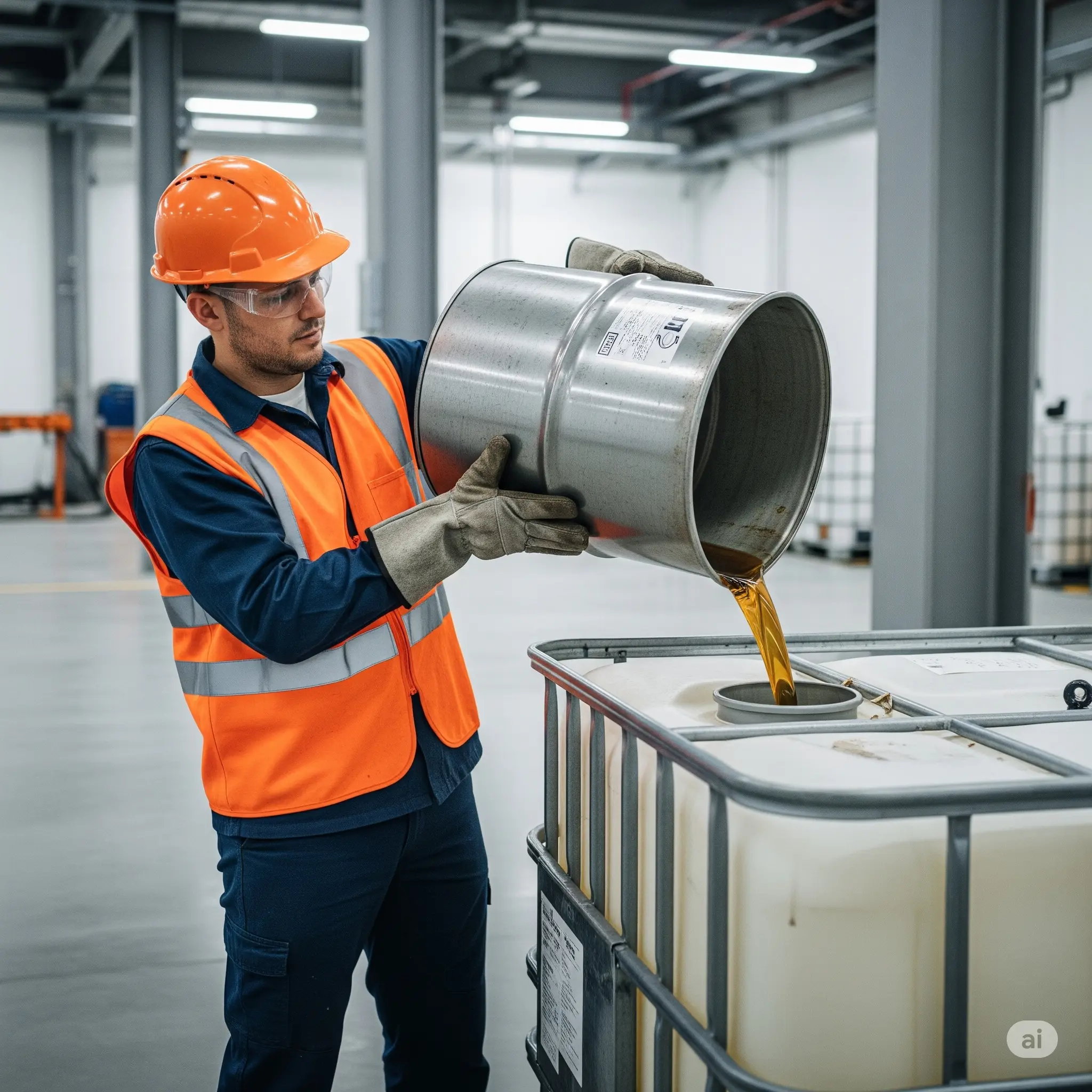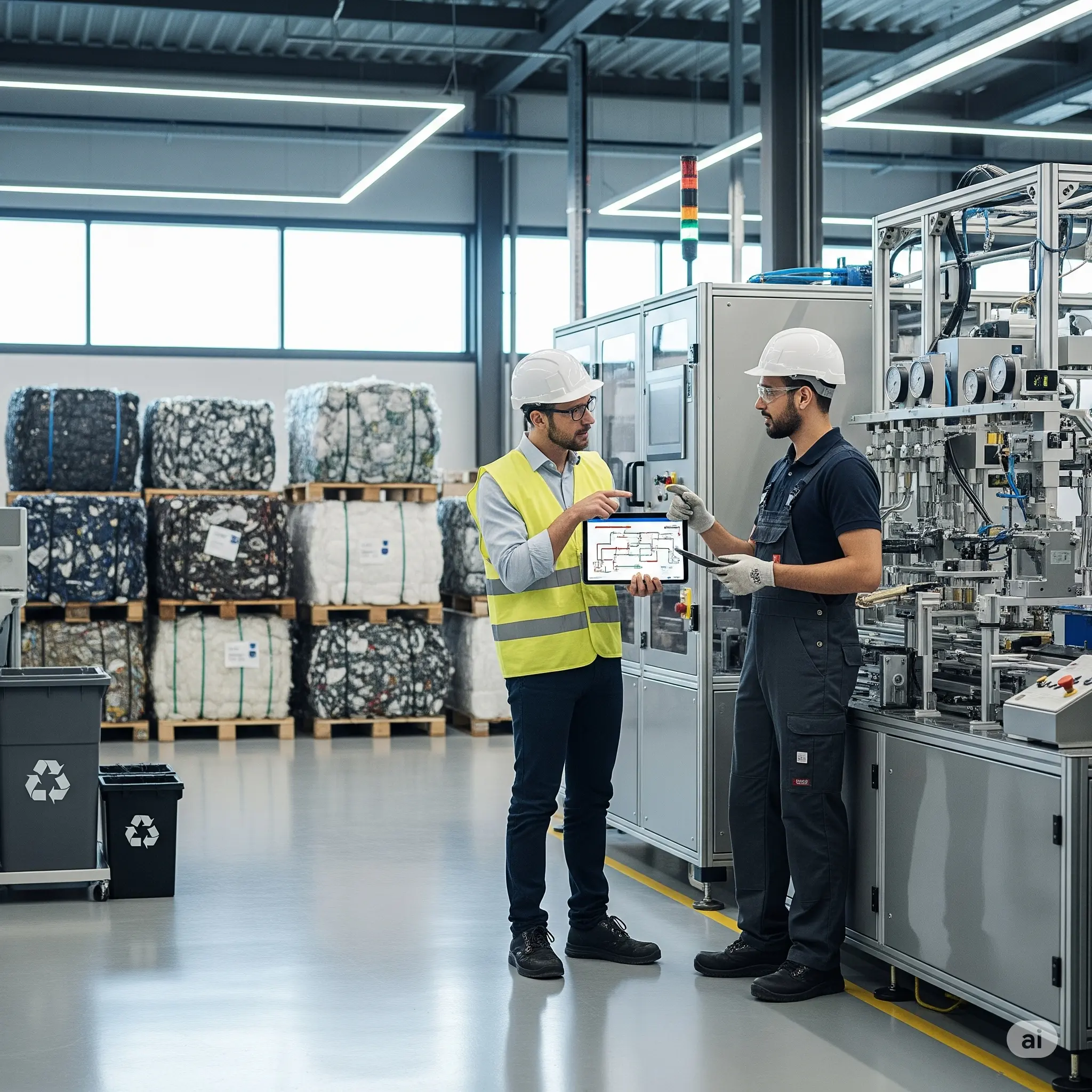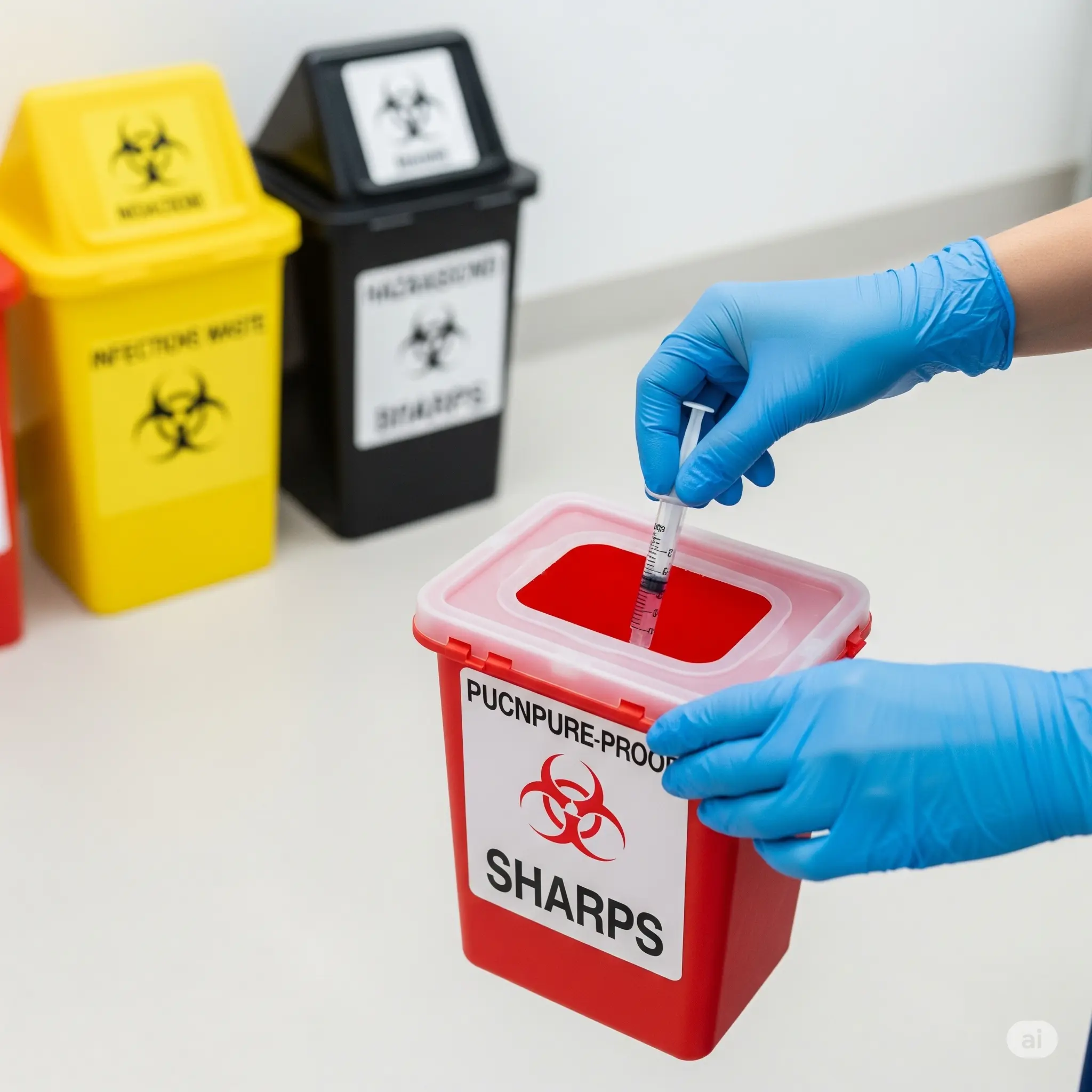Used oil from machinery, vehicles, and industrial processes is one of the most common types of scheduled waste in Malaysia. Proper industrial oil waste disposal is crucial. In fact, even a small amount can contaminate a large volume of water, leading to severe environmental damage and legal penalties. So, what is the correct procedure for handling this common but hazardous material?
Understanding Different Types of Oil Waste
First, it is important to identify the types of oil waste you are generating, as they may fall under different scheduled waste codes. Common types include:
- Spent Lubricating Oil (SW 305): From engines, gearboxes, and general machinery.
- Spent Hydraulic Oil (SW 306): From hydraulic systems in manufacturing equipment and heavy machinery.
- Spent Mineral Oil-Water Emulsion (SW 307): Often found in coolants and metalworking fluids.
- Oil Tanker Sludge (SW 311): Sludge from the cleaning of oil tankers and storage tanks.
Step 1: Segregation and On-Site Storage
The first and most critical step is proper segregation. You must never mix used oil with other wastes like solvents or coolants. Doing so can complicate the recovery process and significantly increase disposal costs.
Instead, you should store it in separate, dedicated containers or drums that are in good condition and clearly labeled “Used Oil” along with the correct SW code. Additionally, ensure the storage area is secure, sheltered from rain, and has measures in place, like a bund wall, to contain any potential spills and prevent environmental contamination.
Step 2: Engage a DOE-Licensed Contractor
You absolutely cannot dispose of used oil in general waste, pour it down a drain, or give it to an unlicensed collector. Instead, you must engage a Department of Environment (DOE) licensed contractor. It is crucial to verify that the contractor is authorized to handle the specific oil waste codes you generate.
Step 3: Compliant Collection and Transport
Your licensed partner will arrive with the correct equipment, such as vacuum trucks and specialized pumps, to safely transfer the oil from your containers into their transport vehicles. Crucially, they will initiate an e-Consignment note before collection to legally document the transfer. This provides you with a digital record that your responsibility has been properly transferred to a licensed professional.
Step 4: Recovery and Re-refining (The Sustainable Solution)
The most sustainable and preferred method for industrial oil waste disposal is recovery. The collected oil is transported to a licensed facility where specialists re-refine it. Specifically, this advanced process removes water, contaminants, and impurities. This allows the base oil to be recovered and processed into new, high-quality lubricant products. This not only contributes directly to a circular economy but also reduces the need for virgin crude oil.
By following these steps, you ensure your business remains compliant, minimizes its environmental impact, and handles its oil waste in the most responsible and sustainable way possible.




